Raise a hand if you have ever imagined a life without technology on a deserted island.
I know I have.
Family Island is a game that delivers that experience to players. On the other hand, to the developers, it delivers something else – a steady revenue source.
This is possible thanks to the Family Island monetization strategy. From this article, you’ll learn all about how the game onboards, keeps, and monetizes its players.
But first, let me introduce you to the game.
On Family Island and Melsoft Games
Family Island – Farming game is brought to us by Belarus studio Melsoft Games.
This studio first came into the spotlight with its 2016 success, My Café – Restaurant Game. Family Island is the latest game in the publisher’s portfolio, launched in November 2019.
It didn’t take long after the release of this game for a big fish to recognize the studio’s potential.
In December 2020, the Coin Master publisher – Moon Active acquired Melsoft Games.
Family Island – Farming game is a casual game with simple gameplay and casual design. However, this is not the only genre it falls into. Due to its characteristics, the app stores also place the game into the simulation and adventure genres.
Why is that?
Family Island simulates life and everyday farming activities on a tropical island. At the same time, it takes players on an action-filled adventure.
Family Island: Revenue and Downloads
Wondering how well is Family Island performing?
When this game was first released in November 2019, it didn’t become profitable overnight.
Here’s what the game’s downloads and revenue data from AppMagic tell us about its path to success. Get 3 days of free access to all AppMagic’s features, as well as 10% off, by clicking on this link.
Here’s the good news – even though Family Island has been released back in 2019, it still looks very healthy three years later. For example, in September 2022, the downloads were almost the highest they’ve ever been (more than 2.2 million). Overall, more than 60 million players downloaded this game.
All that tells us Family Island is set to grow even further in 2023.
We see a similar trend with its revenue – here’s more about it.
If you look at the graph above, it shows us that the revenue has kept going up month after month, since the game’s release. There was only a small dip in April, May, and June 2022.
Just in September 2022, Family Island earned more than $14 million. If we look at all-time revenue, that number goes up to $290 million.
All of these downloads and revenue didn’t come out of nowhere. They are a result of combined efforts to improve the game’s quality, its UA, and monetization strategy.
My main focus in this article is Family Island monetization tactics. I’m also going to pay attention to all the other things that play a role in the game’s money-making process.

First-Time User Experience (FTUE)
Upon launching Family Island, players witness a family dialogue, i.e., the game’s narrative.
It explains the context of the game and introduces the four protagonists – a modern Stone Age family.
At first glance, they might remind some players of a popular vintage animated series – the Flintstones. However, this family is contemporary, and almost everyone can relate to it.
They might even recognize some of their own family members in it and start picturing them on a deserted island.
Another objective of the game’s narrative is to give players a strong incentive to play the game. To achieve this, it explains how the family lost their previous home due to a volcano eruption. Therefore, the players learn that the point of their actions is to help the family build a new home. Overall, the game has a good first-time user experience.

Game Tutorial
Once the narrative ends, the players start learning how to play the game.
For this purpose, Family Island uses the most popular type of tutorial – the contextual lesson.
The players are instructed with pointers and text lines. These text lines are not too long, which is a positive practice. In most cases, they simply say something like, “Tap this to do that.”
Loud and clear.
Every time they complete a tutorial action, players earn extra resources and currency. This makes their tutorial actions feel worthwhile.
The family also participates in the tutorial through the narrative. This helps establish a positive relationship between the players and the game early on. For example, the mother compliments players for being fast learners.
Among other things, players learn how to get free items from the shop, and how they can use rubies (the game’s premium currency). Thanks to these guidelines, they get the hang of the game’s economy from session one.

UX/UI
Family Island comes with a typical casual simulation game set-up. As you can see in the picture above, it’s quite similar to Hay Day.
In the game, players have control over a big chunk of land and resources. For example, they can drag a new stone workshop to the land, as well as tap some stones and smash them. Essentially, all the player actions come down to tapping and dragging.
Players can always see how well they are doing on their home screens. They can see their current level, energy bar, and the number of gems they have. Besides this, they can access their tasks, the game’s shop, and the farm’s storage.
All in all, the navigation in this game is intuitive and straightforward. The game brings all the necessary features in one screen, coming together for a great UX and UI.

How Does Family Island Work?
Family Island is a game that keeps players busy at all times.
This is done through a quest/task system that informs players about their next steps and gives them a sense of direction.
The quests are separated by characters. In a way, they reflect stereotypical family relations.
Here’s what I mean by that.
The father is usually assigned construction quests. For example, building and upgrading wood storage or a bathroom. On the other hand, the mother may get a quest to gather some roots to cook dinner, while kids always get the simplest quests.
Some quests are a one-time job, while others consist of different tasks. For instance, the players may need to chop trees, and obtain stones or grass – all to complete one quest.

Whenever a character completes a task, this takes away their energy.
For this reason, players need to pay attention to the family’s energy level. Energy refills over time, but there are other ways to restore it as well.
For example, a good meal will do the trick, just like in the real world.
These tasks are not here just to take things away from players but to create a reward system. By completing tasks and quests, players can earn rubies (premium currency) and stars (for leveling up).
As the game progresses, more and more tasks come with wait times that restrict the players’ sessions. They can skip them by using rubies they’ve earned or purchased. This is the game’s main monetization point.

Family Island Monetization Strategy Breakdown
Okay, now you know how the game works and what it does to keep players upon the install.
Sadly, none of this is enough to make the game profitable.
It’s the game’s monetization strategy that differentiates top-grossing, mediocre, and low–performing games.
This strategy largely depends on the game’s audience. Since Family Island is a casual game, it’s not the kind of game players take super seriously. Most of them play the game to have some fun and escape the real world.
The question is – how does the game monetize such players?
To answer the question, I’ll break down the Family Island monetization strategy into all of its components.
Which Monetization Models Does Family Island Use?
Family Island is one of those games that started off with in-app purchases only. This was a safe bet for Melsoft, which has always produced IAP-based games.
However,, they’ve soon decided to give the rising trend of hybrid monetization a shot as well.
As it turns out, that was a good call.
Today, the game includes both in-app purchases and in-app ads.
Let’s analyze both and see how they work together.

Family Island Monetization: In-App Purchase Set-up and Strategy
In-app purchases are the #1 revenue source for Family Island.
In the game, players can only buy one thing by using real money – rubies. This is the game’s premium currency, and players can do all sorts of things with it:
- skip building wait times;
- buy energy and dynamite;
- buy resources they are lacking (e.g., animal feed);
- instantly upgrade buildings and storage.
Rubies can be found in the game’s shop, among other shoppable items.
The shop brings five different-sized packs of rubies, ranging from $3.99 to $79.99.
Apparently, the Stone Age was quite expensive.
Jokes aside, these offers deviate from the standard in similar games. These games typically bring the cheapest offerings at $1.99 or even $0.99. Family Island’s’s $3.99 offer is unusually pricey for this type of game.
Then again, I’m sure that the developer tested different price points and concluded this is the best way to go.
The developers’ logic is – players compare the cheapest to the priciest offers. Once they do this, the $3.99 offer doesn’t seem that expensive. Especially if they enjoy the game and are eager to progress.
Sensor Tower’s data for iOS users in the U.S. proves this theory.

The smallest pack ($3.99) in the store is the game’s best-selling IAP offer. It is followed by a $9.99 pack and four limited offers at $2.99.
Yup, you read it right – 4 lower-priced limited offers have made the top.
While the current strategy might work for the developers, this may signal that players are craving cheaper offers in the game’s store. Since there are none, they tend to wait for limited offers at lower prices.
How In-App Purchases Really Work in Family Island?
The in-game store is just one part of a game’s IAP strategy.
When the players check out the store, they are already considering the offers.
The key question that arises here is – what led players to the store? Did they get stuck somewhere? Do they want to speed things up?
There is no other way to find this out than stepping into the players’ shoes. To analyze Family Island monetization strategy, that’s exactly what I’ve done.
Here are my findings from each day of playing this game.
Day One
This game doesn’t hold off on introducing players to its economy.
As I’ve mentioned before, players learn about the purpose of the premium currency and the game’s shop in the tutorial phase.
It is not easy to do this without seeming pushy and aggressive.
However, Family Island developers did a great job with this. All of these instructions feel merely educational and are naturally incorporated into the narrative.

For example, in the tutorial, the mother asks players to get a hearth from the shop. She also asks players if they want to speed things up with magic rubies, offering a Yes/No choice.
This is done intentionally because of the way people perceive mothers. They usually see them as caring creatures with good intentions.
Not as someone who wants to rip them off.

Upon finishing the tutorial, players need to start building. This is where they encounter wait timers, and the solution to skip them – rubies.
At this point, players have plenty of currency they can use for this purpose. On my first day, I used some rubies to skip even short wait times. Why? Because I could.
In other words, in this phase, players can enjoy gameplay to the fullest.
Day Two
On my second day of playing, I was on level three.
While completing different tasks, I was constantly tempted to use rubies. I was also discovering new ways to use them – to upgrade buildings instantly, buy resources from the shop, etc.

For example, the narrative led me to the shop where I could get some dynamite for free.
This is a classic example of giving out sample items. Players get to use them, try them out, get hooked, and then crave some more. There are more offers in the shop, but only to be purchased by rubies.
On day two, I reached level five and spent all the rubies the game rewarded me. This was a signal for the game to deliver the first limited-time IAP pop-ups.
It bought three of them, at the prices of $6.99, $19.99, and $3.99. They all offered rubies and energy, and one of them also provided extra storage.
These offers present the right things and come at the right time. At this point, players are engaged and have probably used their stash of rubies.
The most unusual thing about them is their pricing.

None of the offers are below $3.99. In this phase, it would be better to give lower-priced offers and leave the more expensive ones for the later stages in the game.
Soon after, another important feature popped up – a reward calendar. From now on, I was able to claim daily rewards. This powerful retention and monetization feature makes players feel pleased and rewarded.

Day Three
When I launched the game the next day, I immediately had a reason to be joyful. As a daily reward, I earned some rubies. Yay! The game doesn’t give them out very often, so this was pretty great.
After that, the game also launched the IAP pop-ups from the day before. Since I just claimed my daily reward, this didn’t feel too pushy.
As I continued playing, the wait times were getting longer and longer. Moreover, the game delivered different economy-related features. For example, special gift boxes and a traveling merchant with whom I could trade items with.
At one point at level six, I had a lot of wait timers lined up. As I was waiting for them to finish, another pop-up appeared.

The pop-up brought six new limited-time offers for players to consider.
That’s a lot.
Along with the previous ones, I could now browse between nine different offers. Again, none of the new offers were cheap. The prices ranged from $3.99 to $59.
As you can see, the game aims for high individual payments. This is not a positive practice.
While offers up to $20 are suitable for pop-ups, the other ones are way too expensive. It doesn’t matter how good the value for money is – most players will laugh these offers off.

Day Four
New launch, new offers. Once again, I was welcomed by an array of pricey time-limited IAP offers – 10 of them to browse through.
The crazy thing is – I almost didn’t notice that these offers were new. With so many of them, the options are simply overwhelming.

On this day, the wait times for the tasks left me with very little to do. I did some side activities, and suddenly – I was out of energy.
That was a first.
Up until now, I’ve enjoyed an abundance of energy. With energy lacking and wait timers ticking, I had nothing left to do but to exit the game.
Until this point, the players’ sessions weren’t completely restricted. However, some players get a stronger incentive to consider IAP offers when it starts happening.
Others will get frustrated and leave the game, while some will look for alternative ways to speed things up (ads, ads, ads).
Day Five
My final day of playing started exactly like the previous ones – with pop-ups. There were nine of them, and most of them were new.
The offers were lined up from the most expensive to the cheapest one.
Here’s the problem with that.
When players see a $49.99 offer as the first one, this can be off-putting. Many will see its price, lose interest, and immediately close the pop-up. They won’t even look at the other ones.

This is a shame because this is where the game (finally) delivers a lower-priced offer at $2.99. If players were to see this offer first, this would be a much better eye-catcher.
In this phase, the gameplay becomes more exciting. Players get to explore a new island, and the game surprises them with different rewards. All of this is done to retain players, and as they get more engaged – increase their desire to spend.
Family Island In-Game Ads
Melsoft initially had some concerns about incorporating ads into their game. The choice of ad format was easy – rewarded video ads, the players’ favorite.
However, they were concerned about how rewarded video ads will affect the players’:
- in-game experience,
- IAP spend,
- session lengths,
- retention.
The test results showed there is nothing to worry about.
The game gained a valuable new revenue source with rewarded ads – it saw an increase in LTV and ARPDAU (Facebook Audience Network).

Rewarded Video Ad Placement
In five days of playing Family Island, I’ve only stumbled upon one rewarded video ad placement.
It was an energy-refill placement, and it first appeared when I reached level five.
It appears as a ticking, dynamic timer next to the quest section. The timer comes with an energy icon and x20 sign, making it clear what it’s all about.
When it appears, it counts down five seconds until it vanishes. This creates a sense of urgency and makes the placement feel exclusive.
Now, at this point, players are pretty engaged with the game. Plus, they are starting to face a shortage of resources. They might not be lacking energy yet, but they have probably spent all their currency.
For this reason, players might not engage with the ad right away. However, they become aware of the option, which is equally important.
Soon, players will start lacking energy, and they will start to appreciate this placement more. It appears every so often, and it’s up to the players not to miss out on it.

in Family Island
As you can see from Family Island monetization strategy, the game aims for high payments.
To achieve this, it needs long-term users. Without them, this would be mission impossible.
For this reason, this game relies on different tried-and-true strategies to keep players in the game as long as possible.
The most effective retention methods the game uses are – daily rewards, in-game events, social media connection, gift boxes, and narrative-driven gameplay.
Along with the gameplay, these methods form a strong foundation for keeping players in the game and encouraging them to open their wallets.
Family Island Monetization: Recap
Let’s sum up the main things you should remember from this extensive analysis – the good and the not-so-good.
Some of the good things this game does to monetize its players are:
- Relying on hybrid monetization (ads + IAP);
- Rewarded video ads for engaged players;
- Having only one purchasable currency;
- A subtle, not too aggressive approach;
- Restricting the players’ sessions.
The less good things about Family Island monetization strategy are
- Too many IAP offers to browse from;
- A lack of low-priced IAP offers.
Family Island Monetization: Over to You
This is it. This is all you need to know about the Family Island monetization strategy basics.
What are your thoughts about it? Have any questions in mind? Feel free to leave us a comment!
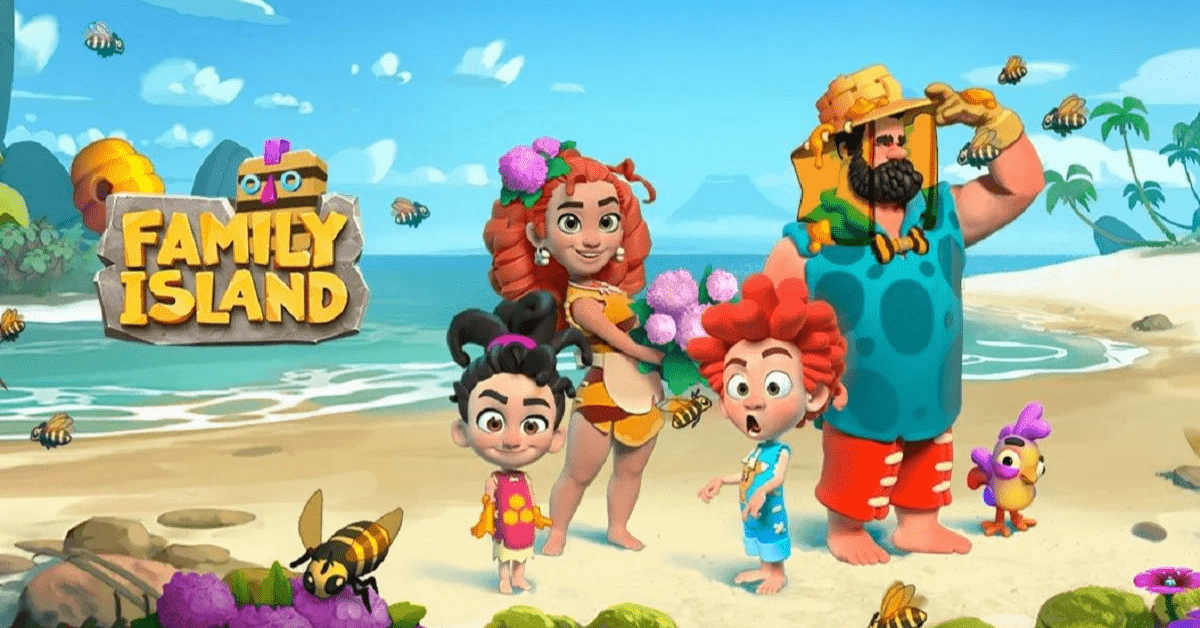


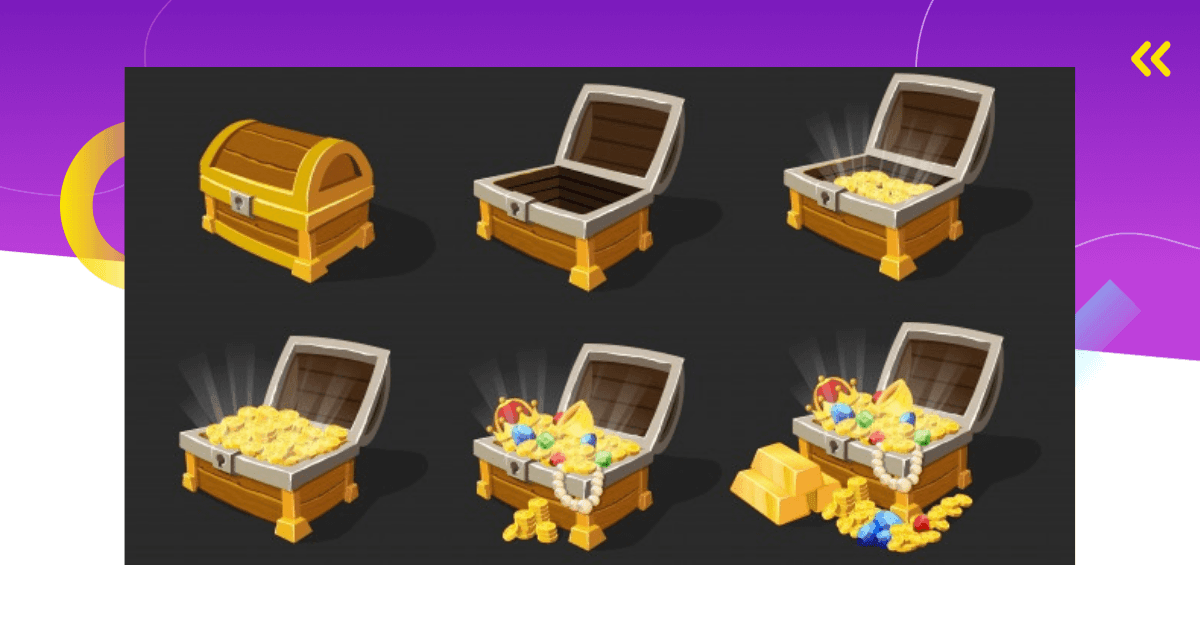
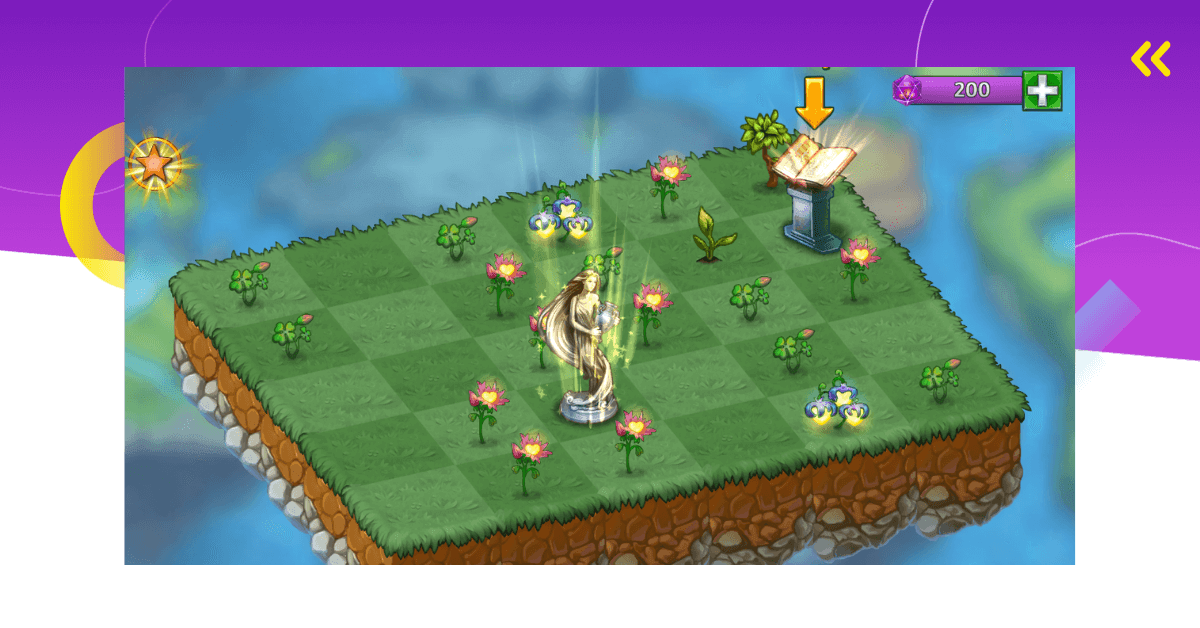
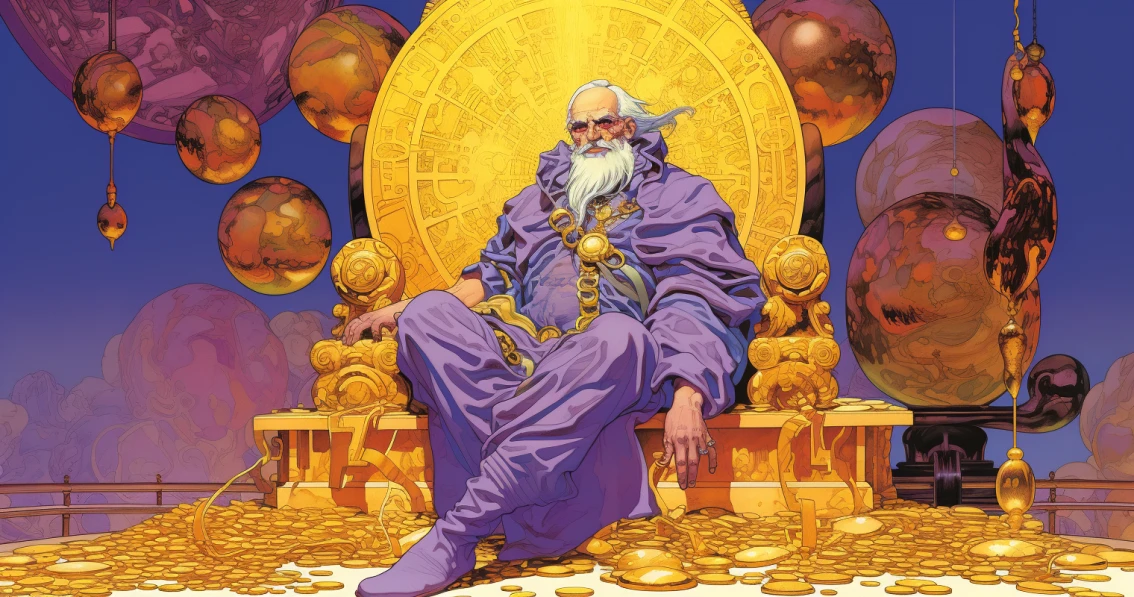
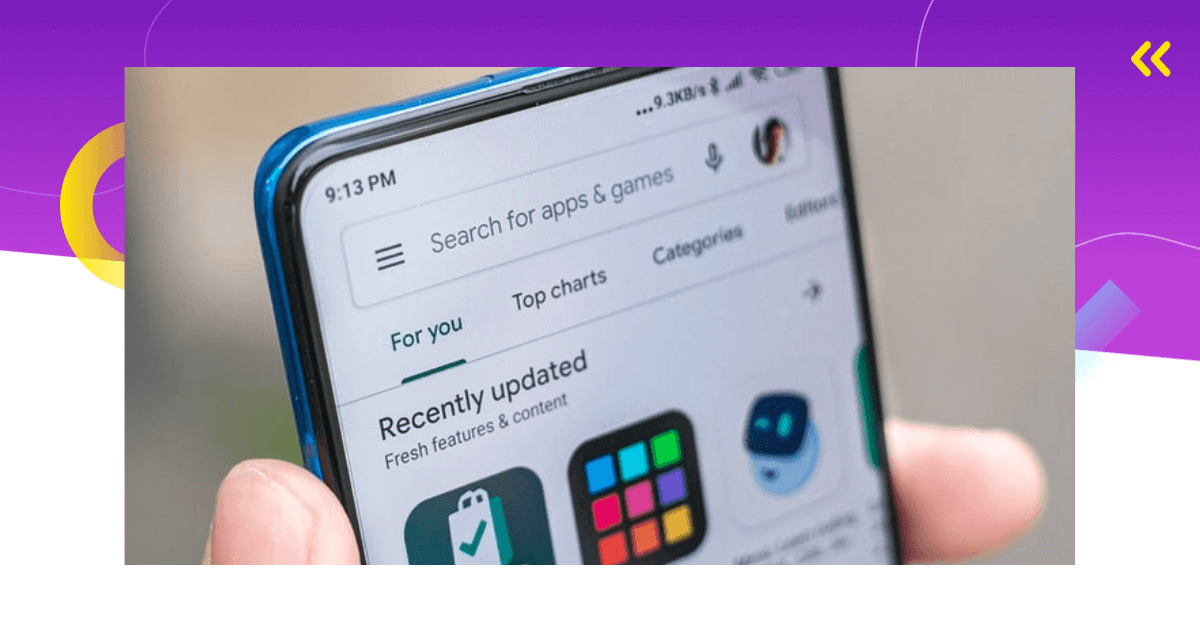
Comments